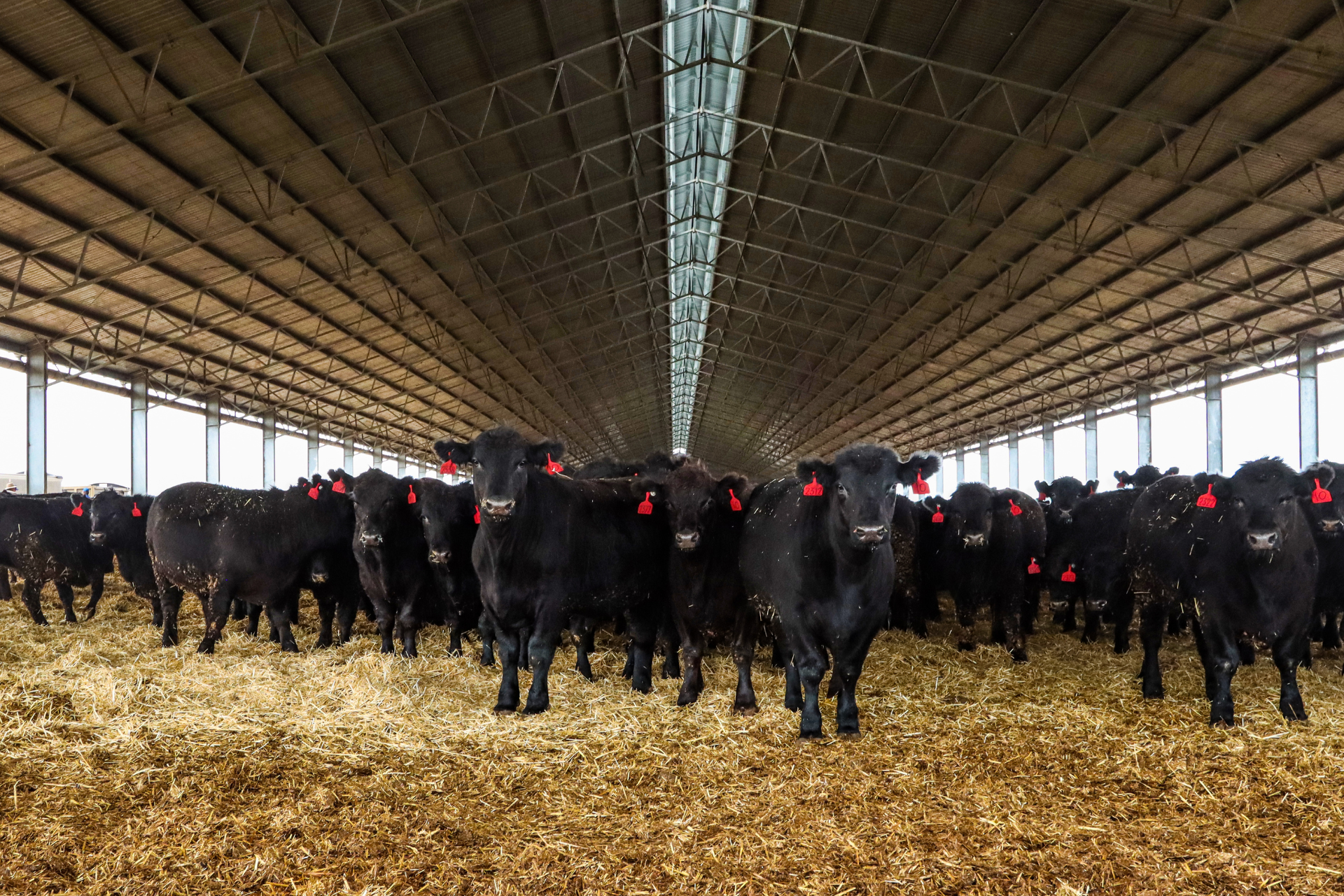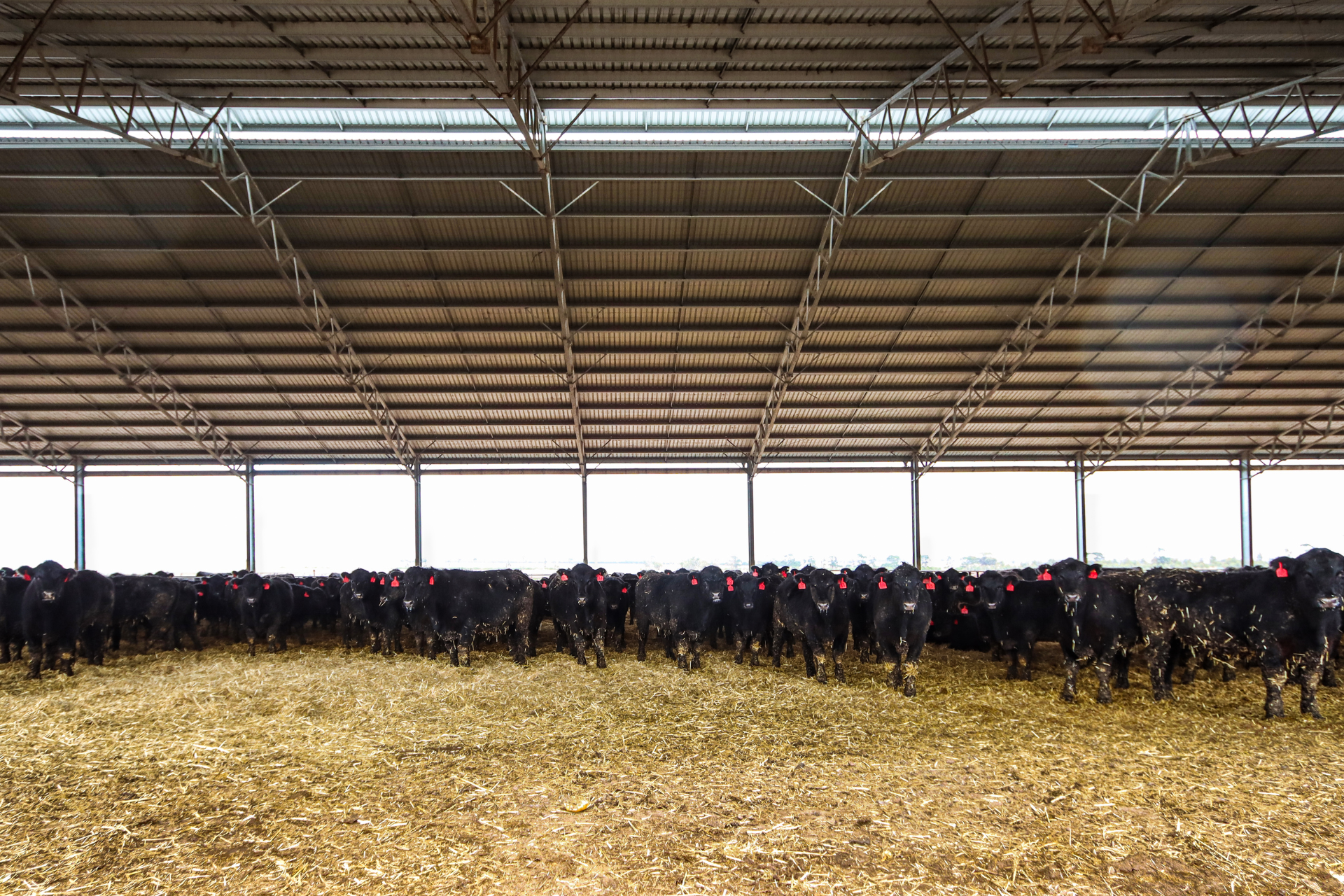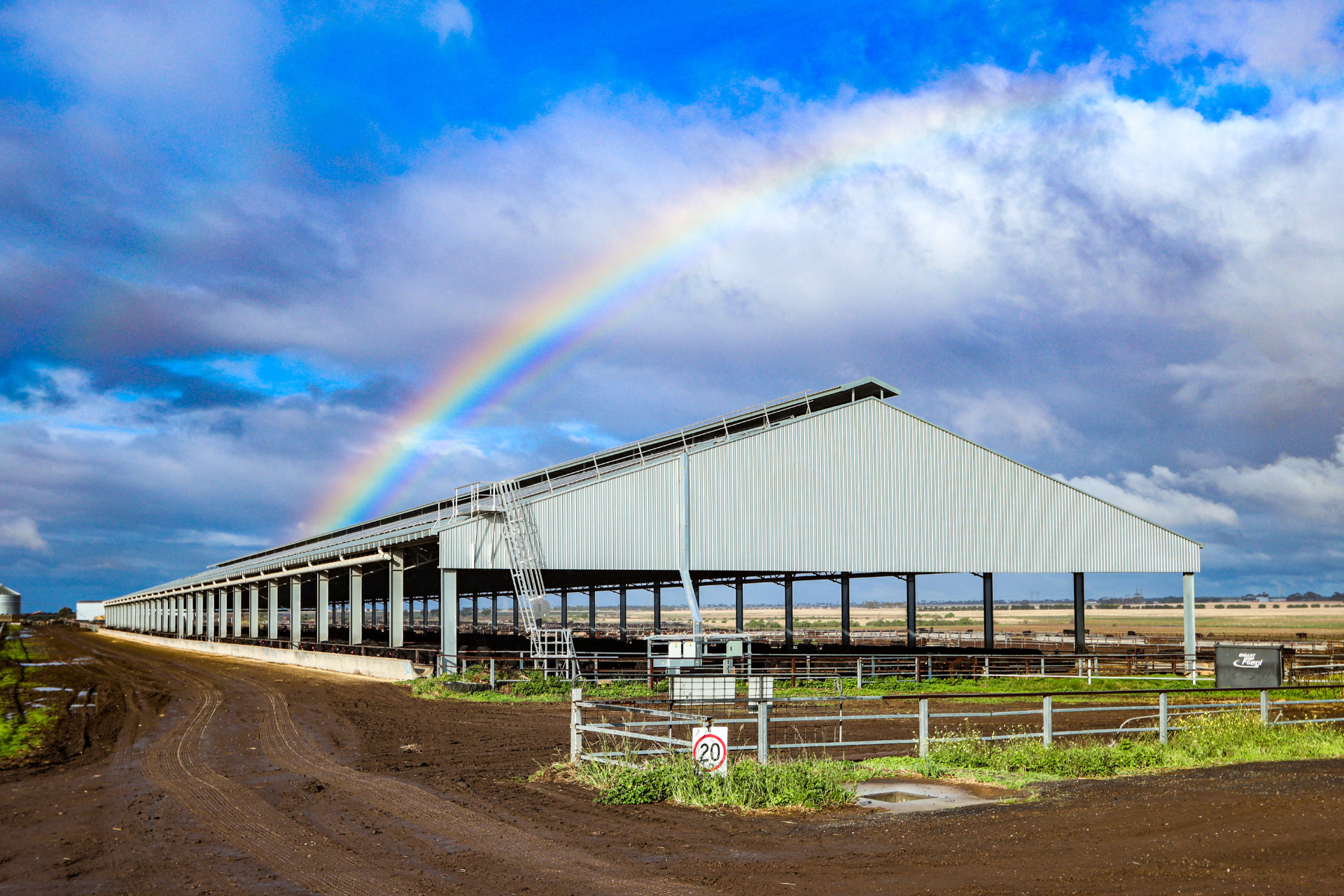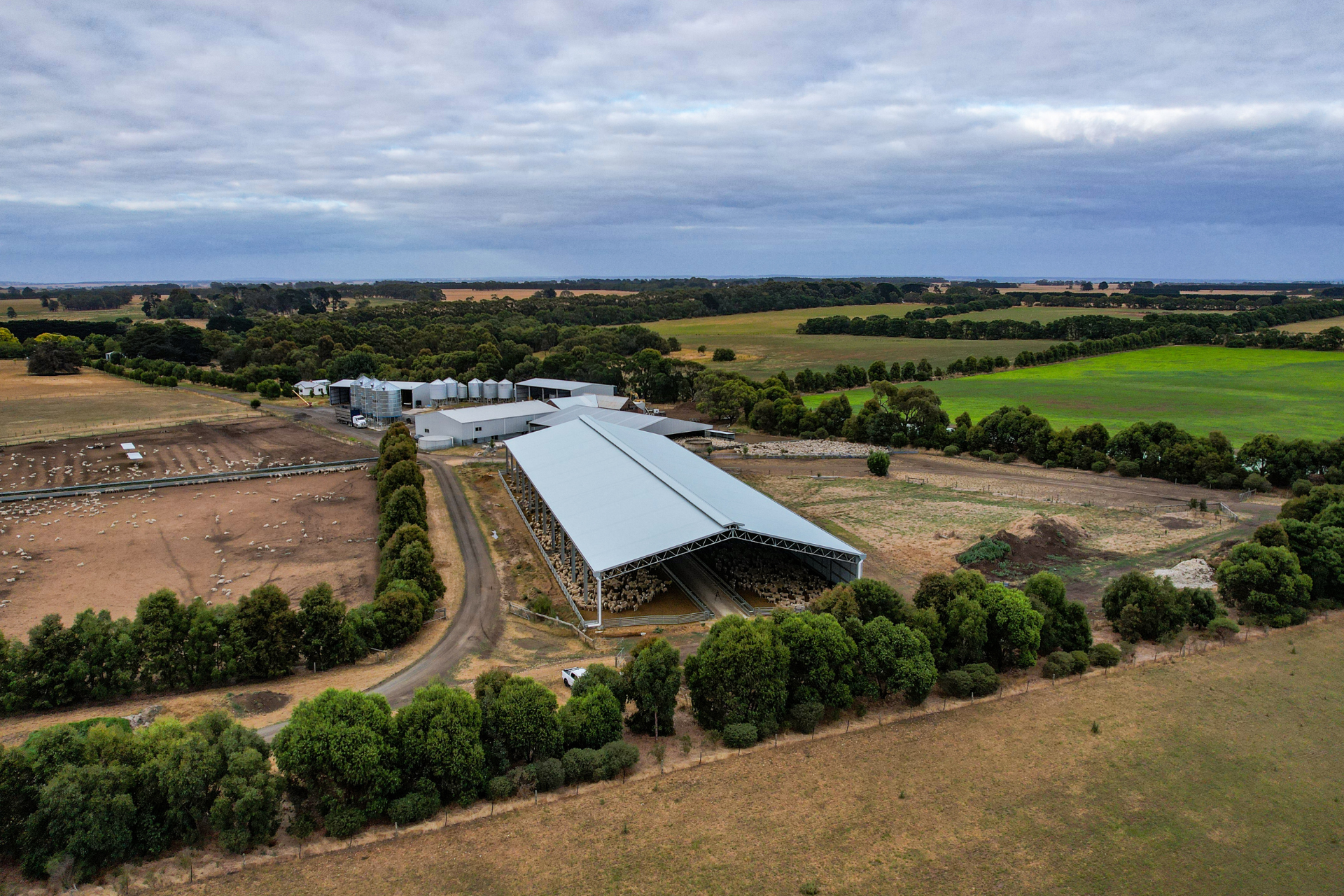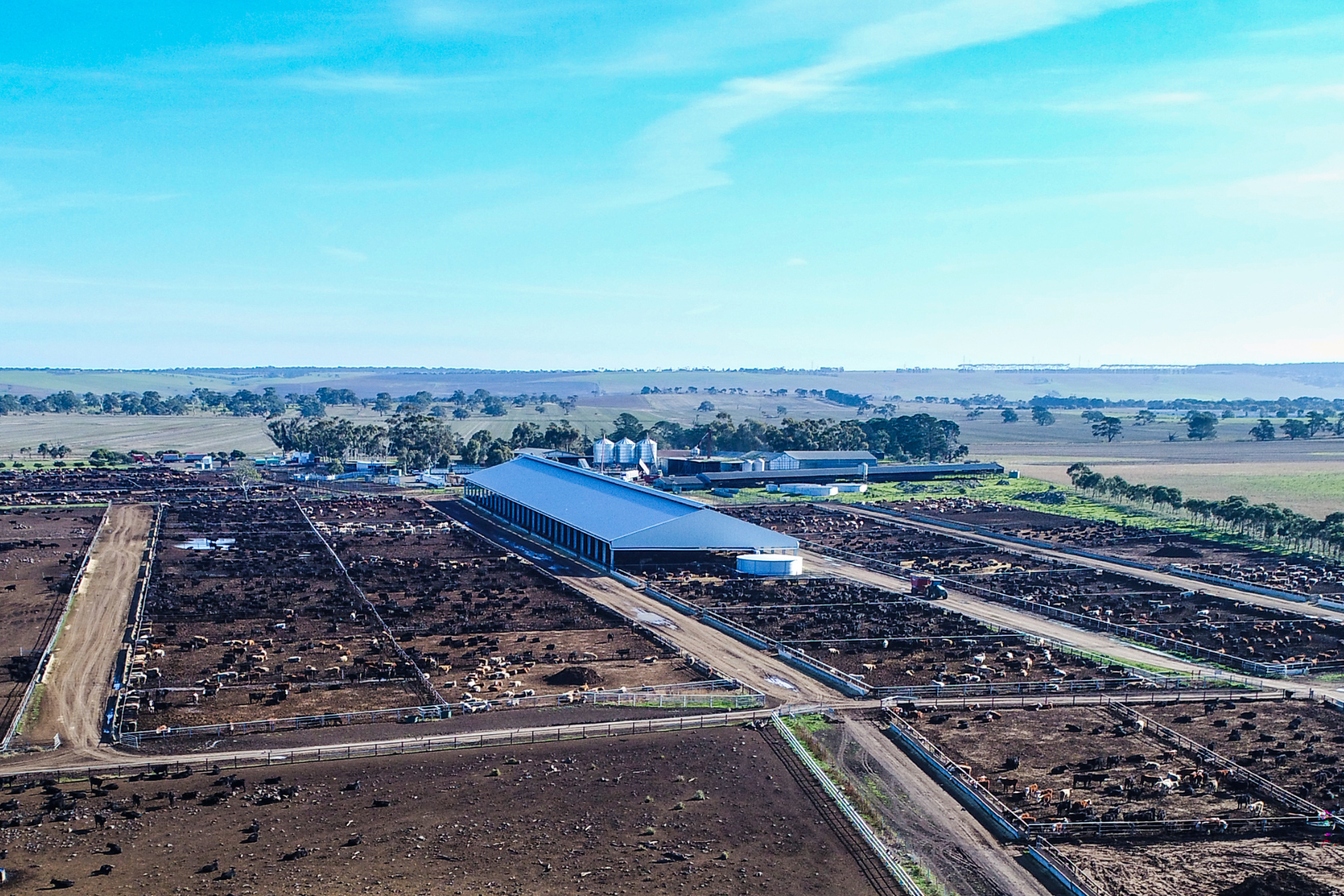The introduction of the Australian Lot Feeders Associations shade policy has encouraged research and investment in feedlot covers for beef feedlots.
Feedlot covers and shade infrastructure are being implemented in lamb feedlots too as producers take advantage of improved animal comfort and performance benefits.
If you are embarking on a feedlot cover project, or researching shade options you will have discovered that there are some important things to consider in the design and planning stage of these projects.
One of the most important considerations is the size or capacity of the feedlot cover.
This is because poorly planned feedlot cover sizes can be frustrating, inefficient – and expensive!
Space is also necessary for livestock to express their usual behaviour patterns, maintain a healthy airflow between animals and to avoid heat stress, particularly during hot weather.
Overcrowding also limits any potential production benefits of shade.
Wondering what size feedlot cover you need?
What are the industry recommendations for square metres per animal?
What is the most efficient size for bunk space and stocking density?
How high should the cover be? What is the recommended roof pitch?
Which configuration is best?
We answer and discuss each of these questions about feedlot cover sizes in this article and provide insights from our research and from previous projects.
We have also included some useful resources, including our feedlot cover calculators.
Keep reading to learn about feedlot cover sizes and capacities.
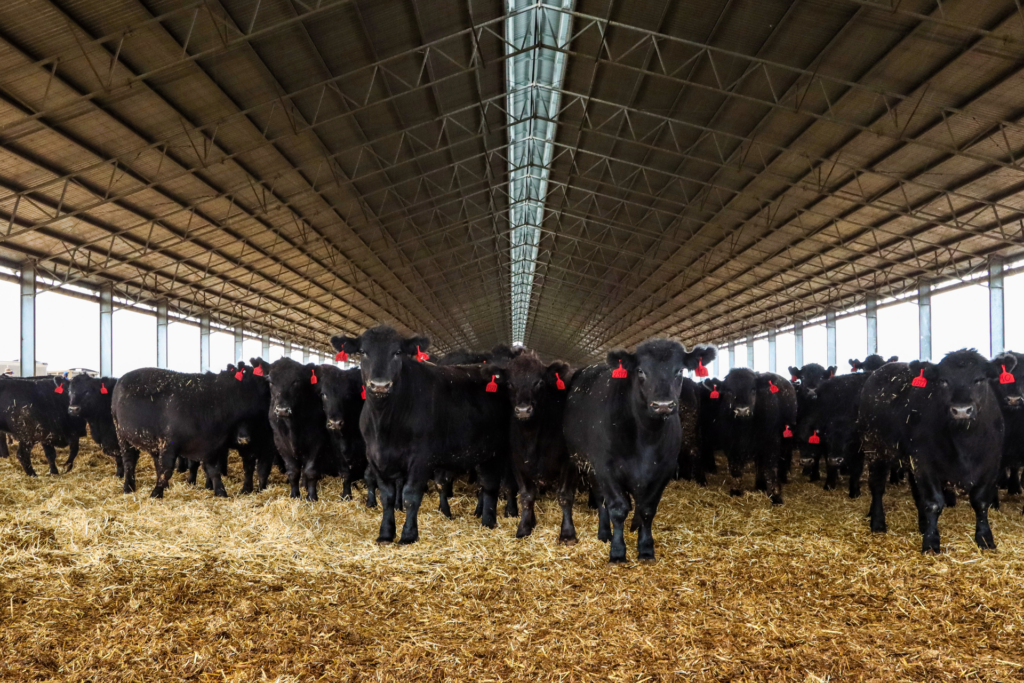
What Size Feedlot Cover Do I Need?
The ideal size for a feedlot cover will differ between feedlot enterprises, and there are a number of factors that will help determine what size your feedlot cover needs to be.
These factors include:
- The number of livestock
- Pen sizes (and whether you are covering existing pens or working with a greenfield site)
- Stocking density requirements
- Bunk space requirements
- Feed lane layout
Operational requirements such as future expansion plans can also help dictate the size of your feedlot cover project.
In other words, deciding on a feedlot cover size takes a multi-faceted approach.
Our building consultants can help you ensure the design takes these details into consideration – along with environmental factors such as geographical location and heat load.
How High Should I Build My Feedlot Cover?
Height is an important consideration for any shed project. This is because it is very difficult to increase the height of a shed once it has been built.
Choosing the correct height for your feedlot cover is also important for machinery access and airflow.
The ideal height for a feedlot cover is usually determined by factors such as site orientation, site exposure and the machinery that will need to be able to access the cover.
One of the most common heights is 6 metres high. This height provides adequate clearance for most machinery and helps facilitate good airflow through the cover.
What Is The Recommended Roof Pitch For Feedlot Covers?
The roof pitch of a feedlot cover is one dimension that can be modified to maximise the ventilation rate and the heat dissipation.
Choosing the correct roof pitch is important and this will vary from project to project.
A roof pitch of 14 degrees – 18 degrees is usually adequate.
The roof pitch is a detail that our project modelling takes into account.

An observation from our research and modelling is that the steeper the roof pitch the higher the ventilation rate. However, a roof pitch steeper than 22 degrees is usually cost-prohibitive and dysfunctional.
It is also worth noting that although the steeper roof pitch maximizes the ventilation rate, this is at the ridge, not at cow level or bedding level (The most important thing adequate ventilation does is to help dry the bedding). So, a roof pitch steeper than 18 degrees won’t really provide any meaningful difference to animal performance or moisture reduction.
What Are The Industry Requirements For Bunk Space And Stocking Density?
While the MLA industry guidelines for feedlot housing systems haven’t been released yet, there are some generally accepted standards for bunk space and stocking density.
These include:
- A minimum stocking density of 6 square metres per head. This does depend on the state. For example, feedlots in Queensland are currently limited to 9 square metres per head.
- A bunk space of about 250 millimetres per head.
What Is The Most Efficient Size For Satisfying Bunk Space And Stocking Density Requirements?
It is important to find the right ratio of stocking density and bunk space before committing to a feedlot cover size.
Failing to do this could result in a shed that can be stocked to the chosen density i.e. 9 square metres per head, but won’t provide sufficient bunk space.
This will occur if the shed is too wide and doesn’t have adequate length.
If this is the case, the cattle may need to be fed more often. This will increase labour requirements and potentially impact the profitability of the investment.
Conversely, if the shed design is too long and narrow, there may be more bunk space than required. This will likely mean that the shed won’t be able to be stocked to take advantage of the bunk space.
So, how do you work out the best size? Which size and configuration will satisfy both requirements?
To help you find the “sweet spot” and establish the best-fit ratio, we’ve developed feedlot cover calculators which you can access below.
These can be used for greenfield sites or if you are covering existing feedlot pens.
Our consultants are also readily available to provide advice on functional sizes.
Feedlot Cover Calculators
Pen Area Size Calculator
Use this calculator to determine the ideal width and length of a pen based on your chosen head count, desired bunk space and stocking density.
Bunk Space & Density Calculator
Already have existing pens? Use this calculator to determine how many cattle it can hold and it’s impact on density and bunk space.
Which Configuration Is Best?
The configuration of a cover also needs to be considered alongside the size of the cover.
Here are some of our research observations and recommendations for configuration:
With wider span feedlot cover configurations, it was observed that in calm wind conditions, the hottest air collects in the centre of the cover.
Our recommendation would be to consider a narrower and longer configuration with side feed lanes. This configuration will provide a cooler average temperature, maximise bunk space and will typically be more cost-effective.
You could also consider building multiple covers. For example, for a greenfield site, multiple 24 metre span or 27 metre span covers will be as cost-effective as a 54-metre span cover.
Another option is to install a cantilevered canopy to gain coverage over the feed bunks (which reduces feed wastage) without having to upsize the cover.
Use our feedlot cover calculators and discuss your project with us to help determine what would be the best choice for your build.
Feedlot Cover Project Ideas
Useful Resources
- How Much Does It Cost To Build A Feedlot Cover?
- What Is The ALFA Shade Policy?
- Do Cattle Need Shade?
- Featured Project – 30 Metre Span Lamb Feedlot Cover
Our Project Methodology
The Action methodology for feedlot cover projects focusses on design that is effective and functional.
It also follows a through process from consultation through to project delivery.
Contact us to learn more about our methodology and how we could work with you.
For more article like this browse our Learning Hub.

